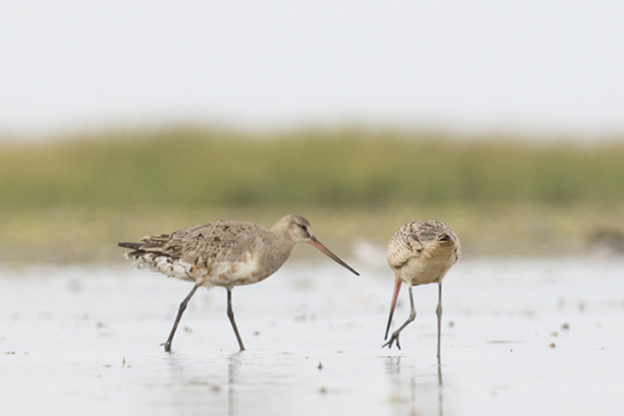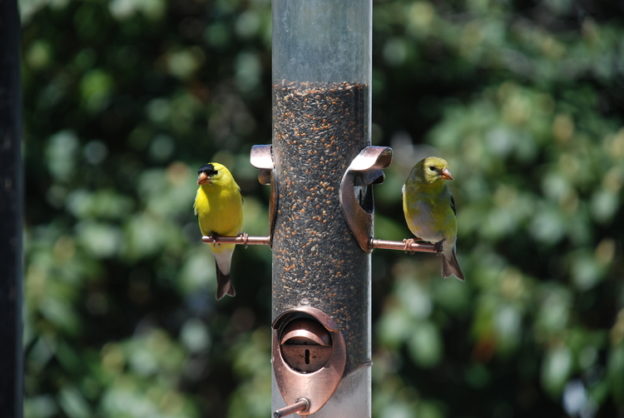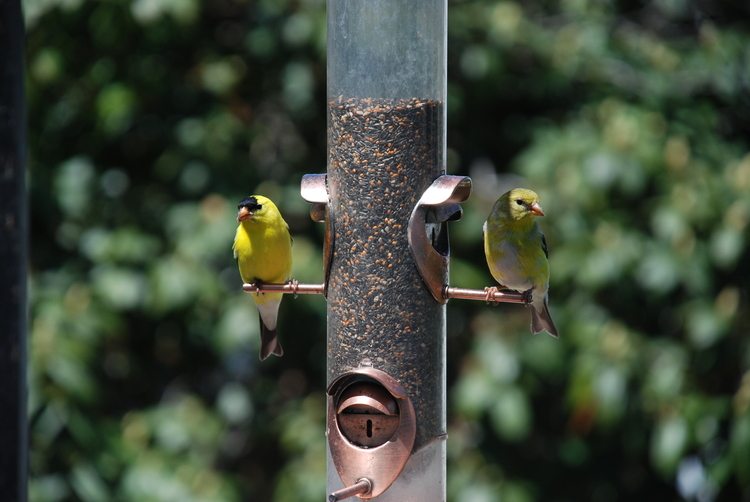Late summer is peak season for watching shorebirds in Massachusetts. While most songbirds are laying low as they wrap up raising their young and molting (i.e. growing new feathers), shorebirds like sandpipers, plovers, and godwits are already on the move for the fall.
Mass Audubon protects locally-breeding shorebirds through our Coastal Waterbird Program, but our wildlife sanctuaries also provide habitat for the hungry migrants that pass through en route from their Arctic breeding grounds to points south. Here’s a shortlist of the best Mass Audubon wildlife sanctuaries to observe them.
Easy Access: Joppa Flats Education Center, Newburyport
Overlooking a vast, tidal mudflat on the Merrimack River, Joppa Flats is a great place to observe shorebirds without having to walk too far from the parking lot (the visitor’s center has a great view of the shorebirds from indoors, although it’s temporarily closed during the pandemic). Joppa Flats also a great jumping-off point for birding Plum Island, another amazing shorebird hotspot just down the road.
On most days from late July through early October, flocks of common shorebirds like Greater Yellowlegs and Semipalmated Sandpipers feed on the flats. Occasionally, an uncommon visitor shows up, like the lanky and long-billed Hudsonian Godwit—a species that stops over in small numbers in Massachusetts before a direct, marathon flight over the Atlantic to their wintering grounds.
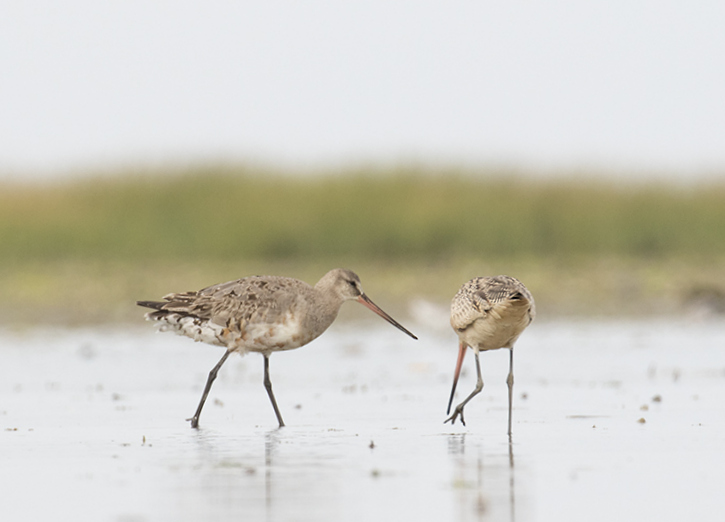
Wild and Little-Known: Rough Meadows Wildlife Sanctuary, Rowley
Just a few miles to the south, this sanctuary includes more land and trails than Joppa Flats as well as several marsh overlooks. Twenty species of shorebird have been recorded here so far, with new species for the site being recorded almost annually.
Finding shorebirds here takes a little more effort and searching than other sites on this list, but the under-birded marshes and mudflats have so much untapped potential for interesting sightings! At the later end of shorebird migration (particularly in the last week of September), Rough Meadows has proven to attract uncommon upland species like Pectoral Sandpiper and American Golden-Plover.
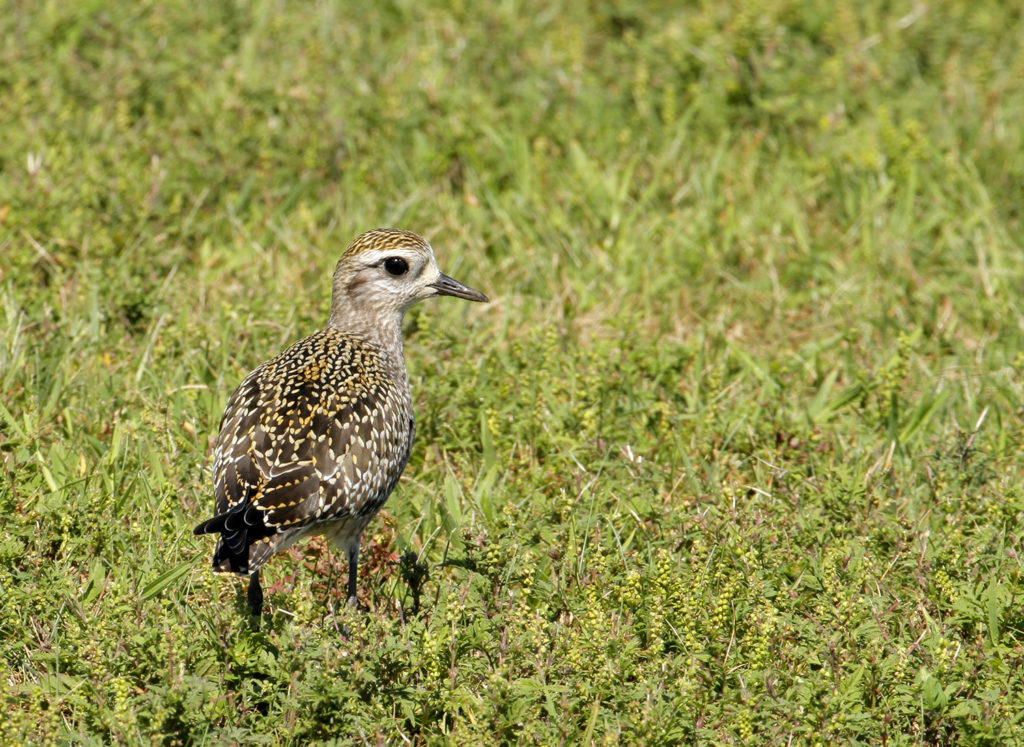
Shorebird Central: Wellfleet Bay Wildlife Sanctuary, Wellfleet
Wellfleet Bay is the crown jewel of Mass Audubon’s shorebird hotspots and one of our most-visited coastal sanctuaries. There’s a lot to see here, from box turtles and rare coastal heathland plants to expansive marshes and mudflats that seem to stretch past the horizon at low tide.
Visitors looking for shorebirds can access these flats along the Try Island Trail after stopping at Goose Pond, which has hosted some rare visitors from Western Sandpipers to a Spotted Redshank from Eurasia. Further out, birders on the tidal flats beyond the marsh boardwalk often see Greater Yellowlegs picking crustaceans off the moist ground and Short-billed Dowitchers rapidly dipping their bills in and out of the mud like sewing machines.
The stars of the show on most days, however, are the Whimbrels. These large and long-billed shorebirds are seen more consistently at Wellfleet Bay than anywhere else in the state, and can be seen daily from mid-July through the fall (though their numbers begin to taper off in September).
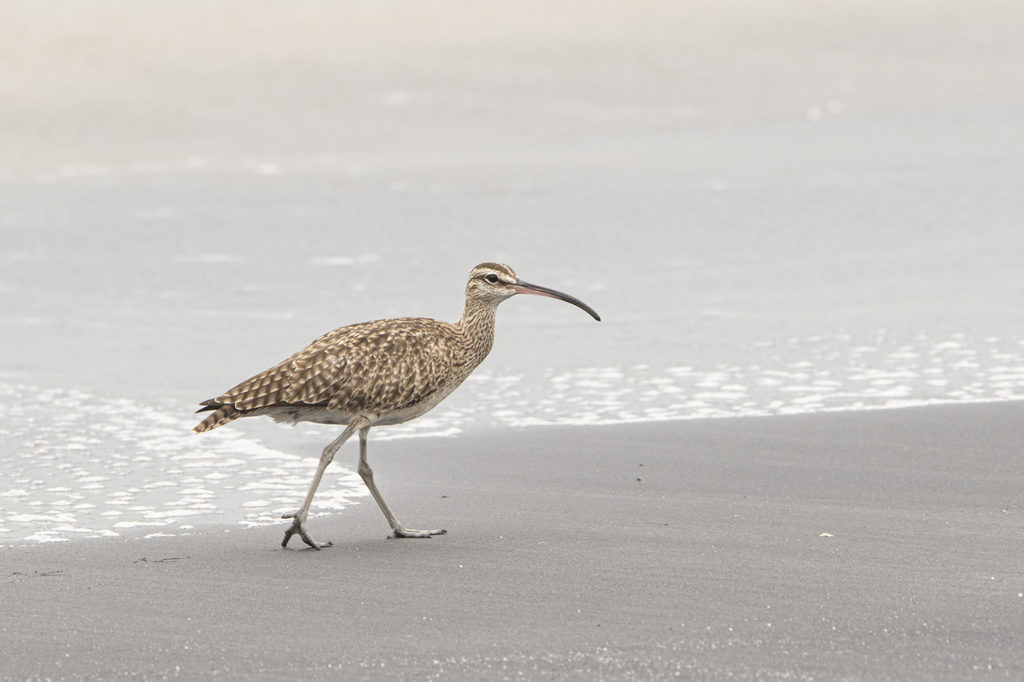
Cape Cod’s Hidden Gem: Long Pasture Wildlife Sanctuary, Barnstable
Long Pasture’s secluded beach and marsh boardwalk host at least a handful of migrating shorebirds most days in late summer, especially Ruddy Turnstones and Semipalmated Plovers.
American Oystercatchers breed nearby and often visit with young, and uncommon Forster’s Terns are often seen resting on sandbars or feeding just offshore.
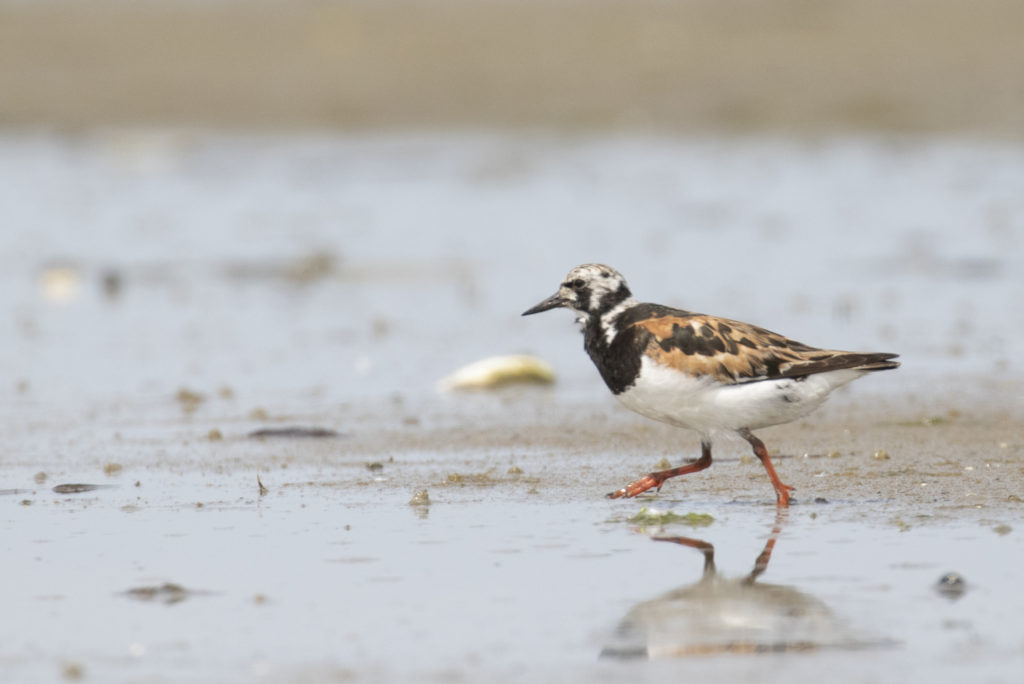
Wild Card: Arcadia Wildlife Sanctuary, Easthampton
Coastal Massachusetts doesn’t get to have all the shorebird fun! Most species of shorebirds prefer beaches and salt marshes during migration, but Arcadia in the Connecticut River Valley draws some interesting species as well.
From July through September, Lesser Yellowlegs, Spotted Sandpipers, and Solitary Sandpipers frequent muddy edges of the sanctuary’s numerous ponds, riverbanks, and oxbows. And in early spring, Wilson’s Snipe are often seen in the wetter parts of the sanctuary’s open meadows.


